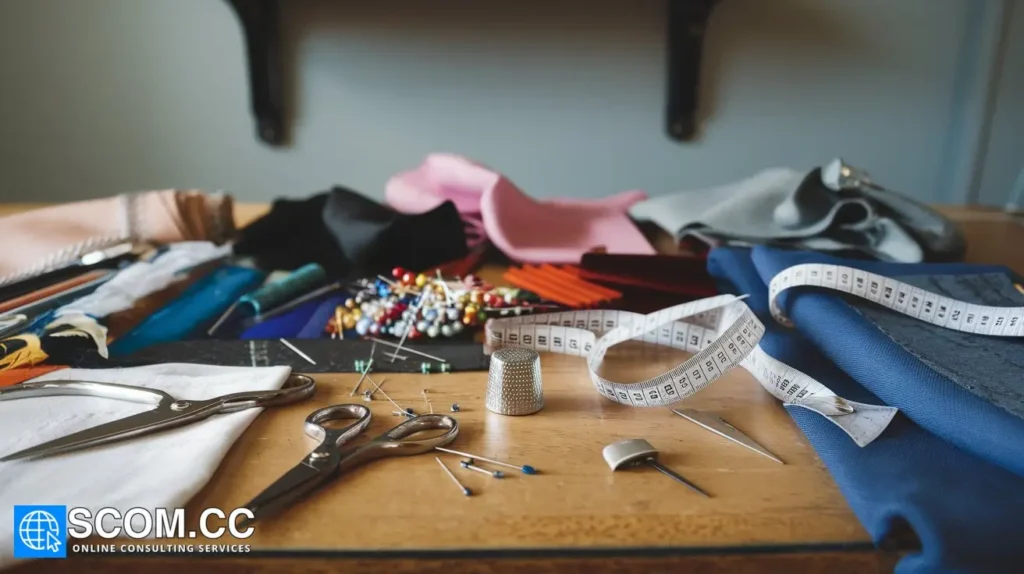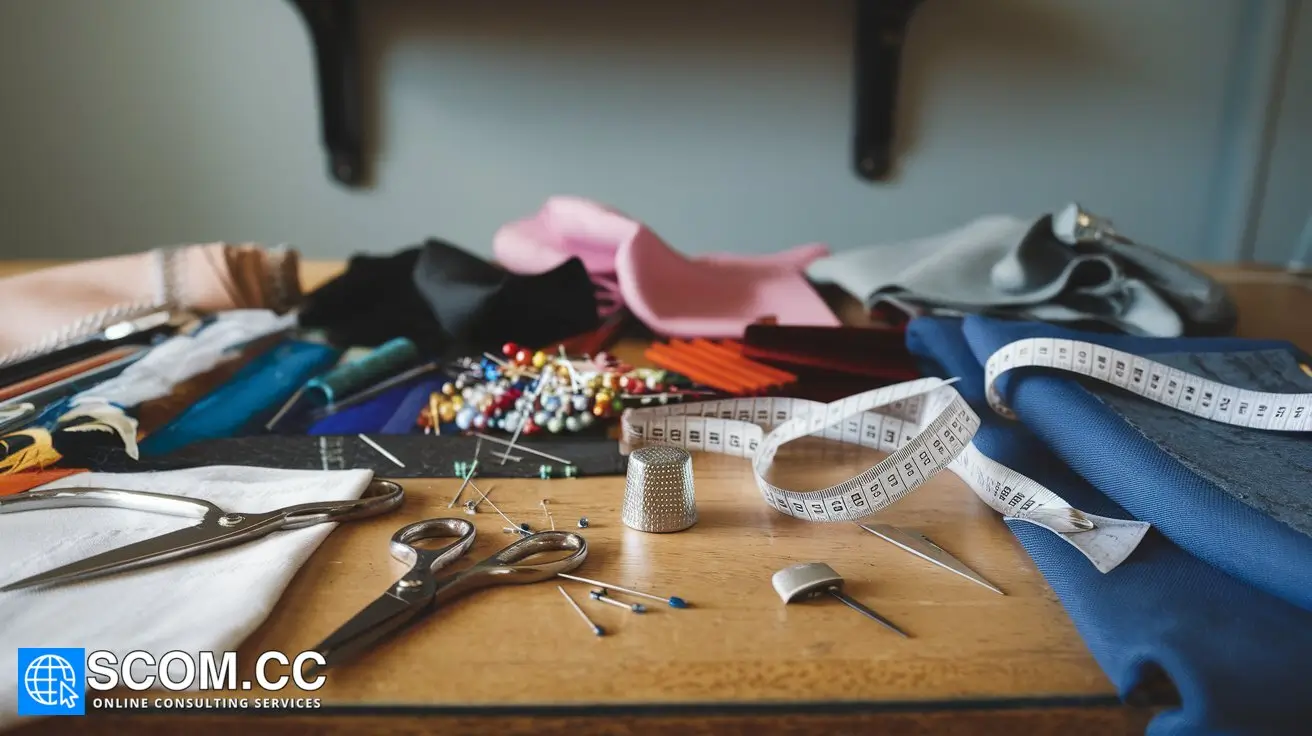How to Select Quality Linings for Tailored Garments

How to Select Quality Linings for Tailored Garments
Selecting the right lining fabric is crucial in tailoring, as it significantly impacts the appearance, comfort, and durability of a garment. Linings not only provide a smooth finish and enhance the drape of the outer fabric but also contribute to the overall structure and longevity of tailored garments. This guide provides an in-depth look at how to select quality linings for tailored garments, highlighting key factors to consider and offering practical tips to ensure you choose the best lining for your needs.
1. Understanding the Role of Linings
1.1 Purpose of Linings
Linings serve multiple purposes in tailored garments:
- Enhanced Comfort: They create a smooth surface against the skin, making the garment more comfortable to wear.
- Improved Structure: Linings help maintain the garment’s shape and structure, providing support and reducing wear on the outer fabric.
- Professional Finish: They offer a polished appearance on the inside of the garment, adding to its overall quality and craftsmanship.
1.2 Types of Linings
There are several types of linings used in tailored garments, each with specific characteristics and uses:
- Full Linings: Cover the entire interior of the garment, offering maximum comfort and structure.
- Half Linings: Extend only partway down the garment, often used in lighter garments or to reduce bulk.
- Partial Linings: Cover specific areas, such as the back or sleeves, providing targeted benefits where needed.
2. Key Factors to Consider When Selecting Linings
2.1 Fabric Type
The choice of lining fabric affects both the function and aesthetics of the garment.
- Silk Linings: Silk is a luxurious choice that offers a smooth, soft touch and a natural sheen. It is ideal for high-end tailored garments and provides excellent breathability and comfort.
- Polyester Linings: Polyester is a versatile, durable option that resists wrinkling and is easy to care for. It is often used in everyday garments and offers good performance at a lower cost.
- Viscose Linings: Viscose, also known as rayon, provides a soft, drapey feel similar to silk but at a more affordable price. It offers good breathability and a smooth finish.
2.2 Weight and Thickness
The weight and thickness of the lining should complement the outer fabric and the intended use of the garment.
- Lightweight Linings: Suitable for lighter fabrics and summer garments, they add minimal bulk and maintain a smooth drape.
- Medium-Weight Linings: Versatile and suitable for a range of fabrics, providing moderate structure and comfort.
- Heavyweight Linings: Ideal for heavier fabrics and colder climates, offering added warmth and support.
2.3 Color and Pattern
The color and pattern of the lining can enhance the overall look of the garment and provide a touch of individuality.
- Matching Linings: Traditional approach where the lining color complements or matches the outer fabric, creating a cohesive look.
- Contrasting Linings: Offers a stylish contrast, adding a pop of color or pattern that can be a feature when the garment is open.
- Custom Linings: Tailoring the lining to match specific design elements or personal preferences for a unique touch.
2.4 Durability and Maintenance
The durability and ease of maintenance of the lining are important considerations, especially for garments that will be worn frequently.
- Durability: Choose linings that can withstand regular wear and tear without fraying or showing signs of aging.
- Maintenance: Opt for linings that are easy to clean and maintain, particularly for garments that will require frequent laundering or dry cleaning.
3. Matching Linings with Different Garments
3.1 Suits
For tailored suits, the lining plays a crucial role in achieving a professional look and enhancing comfort.
- Recommended Linings: Silk or high-quality polyester linings are commonly used. They provide a smooth finish, durability, and ease of movement.
- Considerations: Ensure the lining is breathable and allows for ease of layering, especially in high-wear areas such as the sleeves and jacket lining.
3.2 Coats and Jackets
The lining in coats and jackets contributes to their insulation and overall structure.
- Recommended Linings: For winter coats, opt for heavier linings such as wool blends or quilted linings for added warmth. For lighter jackets, silk or lightweight polyester can provide comfort and flexibility.
- Considerations: Choose linings that complement the outer fabric’s weight and offer additional functionality, such as moisture resistance or thermal insulation.
3.2 Dresses and Skirts
Linings for dresses and skirts ensure a smooth drape and add comfort.
- Recommended Linings: Lightweight silk or viscose linings are ideal for dresses and skirts, providing a smooth touch and preventing transparency.
- Considerations: Ensure the lining is breathable and allows for a fluid movement of the garment, particularly for more fitted styles.
4. Tips for Working with Linings
4.1 Pre-Washing Linings
Pre-wash lining fabrics to pre-shrink them and ensure they do not affect the garment’s fit or finish after laundering.
- Best Practices: Wash and iron the lining fabric before sewing to prevent any post-construction issues. Follow the care instructions for both the outer fabric and the lining.
4.2 Attaching Linings
Proper attachment of the lining is crucial for a professional finish and durability.
- Techniques: Use appropriate stitching methods to attach the lining to the garment, ensuring it aligns smoothly and does not shift. Hand-stitching can be used for delicate fabrics or areas requiring precision.
- Best Practices: Press the lining as you go to maintain a smooth finish and ensure it does not create any puckering or unevenness.
4.3 Testing and Adjustments
Test the lining with the outer fabric to ensure compatibility and make any necessary adjustments.
- Best Practices: Fit the lining to the garment and make adjustments as needed before finalizing the attachment. Ensure that the lining complements the garment’s design and functionality.
Conclusion
Selecting the right lining fabric is essential for achieving high-quality, well-constructed tailored garments. By considering factors such as fabric type, weight, color, and durability, you can ensure that your linings enhance the overall look, feel, and performance of your garments. Whether you are crafting a sophisticated suit, a warm coat, or a stylish dress, choosing the appropriate lining will contribute to a polished, professional finish and lasting comfort.

To explore more about tailoring, visit our Blog of Tailoring. If you have any questions or need assistance, go to our contact page. Additionally, you can find more information about tailoring and consulting at this tailoring and consulting portal.

Leave a Reply